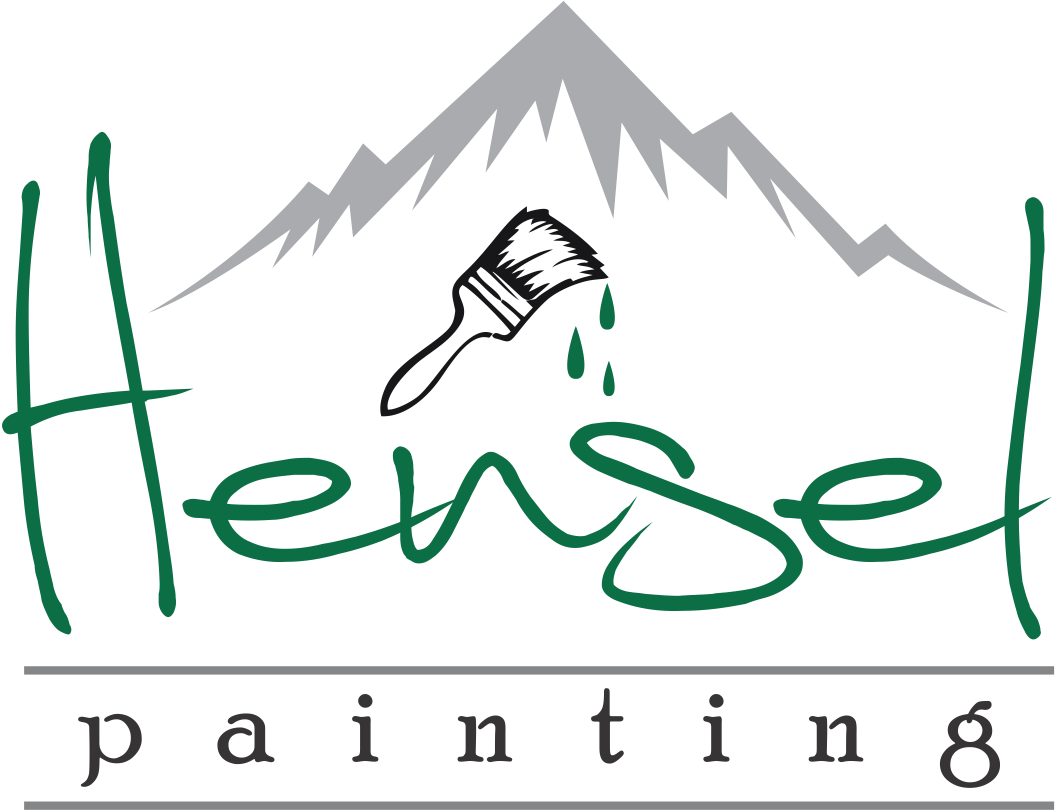Although you may think painting is an easy, DIY yourself project, chances are you don't know what you're doing. Before doing any sort of painting, whether that be the painting of a room, a door or a piece of furniture, you must know these tips before starting.
Know the Weather Forecast
The ideal painting weather is dry, so make sure to skip rainy or humid days. Start your painting project on a day where the relative humidity is between 40% and 70%. If you are painting the interior of your home, simply open a window and let the paint dry completely before starting the next coat.
Know The Size Of Your Space
Not only will you spend way more money than expected but you will find yourself with not enough paint for the job. One gallon per 400 square feet is a great rule of thumb. If you are painting a surface with a rougher texture, you may need more.
Know How To Keep A Wet Edge
By painting over an area of the wall that begun to dry will leave you with lap marks all over your walls. Keeping a wet edge or having each stroke overlap the previous one will help you avoid lap marks altogether.
Know How To Properly Prep Your Surface
If the surface of your walls aren't properly prepped, it won't matter how expensive the paint is or how carefully you applied the paint, your work will result in bubbling, cracking and chipping. To prep your surface correctly, sand and scrape any areas of the existing surface that is flaking or peeling. Take soap to any greasy areas and wipe all the walls with a dust-free rag.
Know The Correct Tape Removal Techniques
Before yanking the tape off the trim and ruining your hard work, take a second and remove the tape correctly. You need to wait 24 hours minimum before removing the trim tape, should use a utility knife to cut through the film and pull the tape at a 45-degree angle as you cut the paint.
Not everyone is suited for the meticulous, cautious work that is painting, which is okay! If you are reconsidering painting yourself, call Hensel Painting or reach us online.







